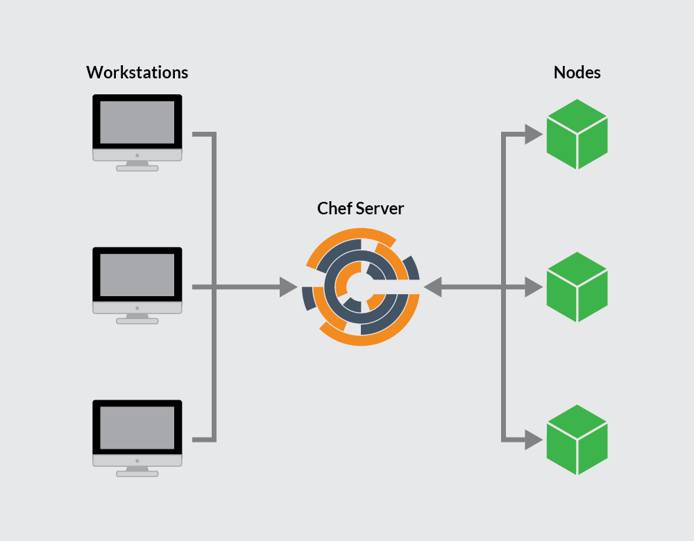[DevOps] Configuration Management with Chef: An Introduction to the tool's architecture and workflow
DevOps aims to bridge the gap between development and operations teams, enabling organizations to deliver high-quality software faster and more efficiently. One key aspect of DevOps is configuration management, which involves defining and maintaining the infrastructure and environments that software runs on. Configuration management is a vital part of the software development process, but it can also be a complex and time-consuming task. This is where configuration management tools like Chef come in, helping organizations automate and streamline the process of managing infrastructure. Chef is a popular configuration management tool that helps organizations automate the process of configuring and maintaining infrastructure. In this blog, I've tried to explain the tool's architecture and the workflow involved in the simplest way possible.
What is Chef?
Chef is an open-source configuration management tool that enables users to define infrastructure as code. This means that infrastructure can be managed and version-controlled just like software, allowing organizations to easily track changes, roll back if necessary, and collaborate with team members.
Chef is written in Ruby and is based on a client-server model. The Chef server stores the configuration data for each node (i.e., system) in the infrastructure, and the Chef client runs on each node and communicates with the server to ensure that the node is configured according to the desired state.
Chef Workflow
The basic workflow of chef is instantiated below:

The configuration data is written in a Chef recipe, which is a Ruby file that specifies the desired state of the system.
The recipe is then uploaded to the Chef server.
The Chef client is run on each node(this can be automated), which communicates with the server to retrieve the appropriate configuration data.
The Chef client then applies the configuration data to the node, making any necessary changes to bring the system into compliance with the desired state.
Chef Architecture
The Chef architecture consists of three main components: the Chef server, the Chef client, and the nodes.
The Chef server is the central repository for all of the configuration data for the nodes in the infrastructure. It stores the configuration data and serves it to the Chef clients whenever requested.
The Chef client is installed on each node in the infrastructure and is responsible for communicating with the Chef server to retrieve the appropriate configuration data and apply it to the node.
The nodes are the systems that are being managed by Chef. They can be servers, virtual machines, or any other type of system that can run the Chef client. The process of attaching node to the chef server is called bootstraping. This implies that each node should be bootstraped in order to run the node updates.
Conclusion
To wrap this off, Chef is a powerful tool for configuration management that allows developers to define and automate the configuration of their systems. Its client-server architecture, with the Chef server as the central repository for configuration data and the Chef client running on each node to apply the configuration, makes it easy to manage and maintain the desired state of the infrastructure. Whether you're managing a small number of servers or a large, complex infrastructure, Chef can help you automate and streamline your configuration management processes.

![[DevOps] Configuration Management with Chef: An Introduction to the tool's architecture and workflow](https://cdn.hashnode.com/res/hashnode/image/upload/v1672982306039/ca80ef75-e52e-408f-b98f-b3a531406b59.png?w=1600&h=840&fit=crop&crop=entropy&auto=compress,format&format=webp)
